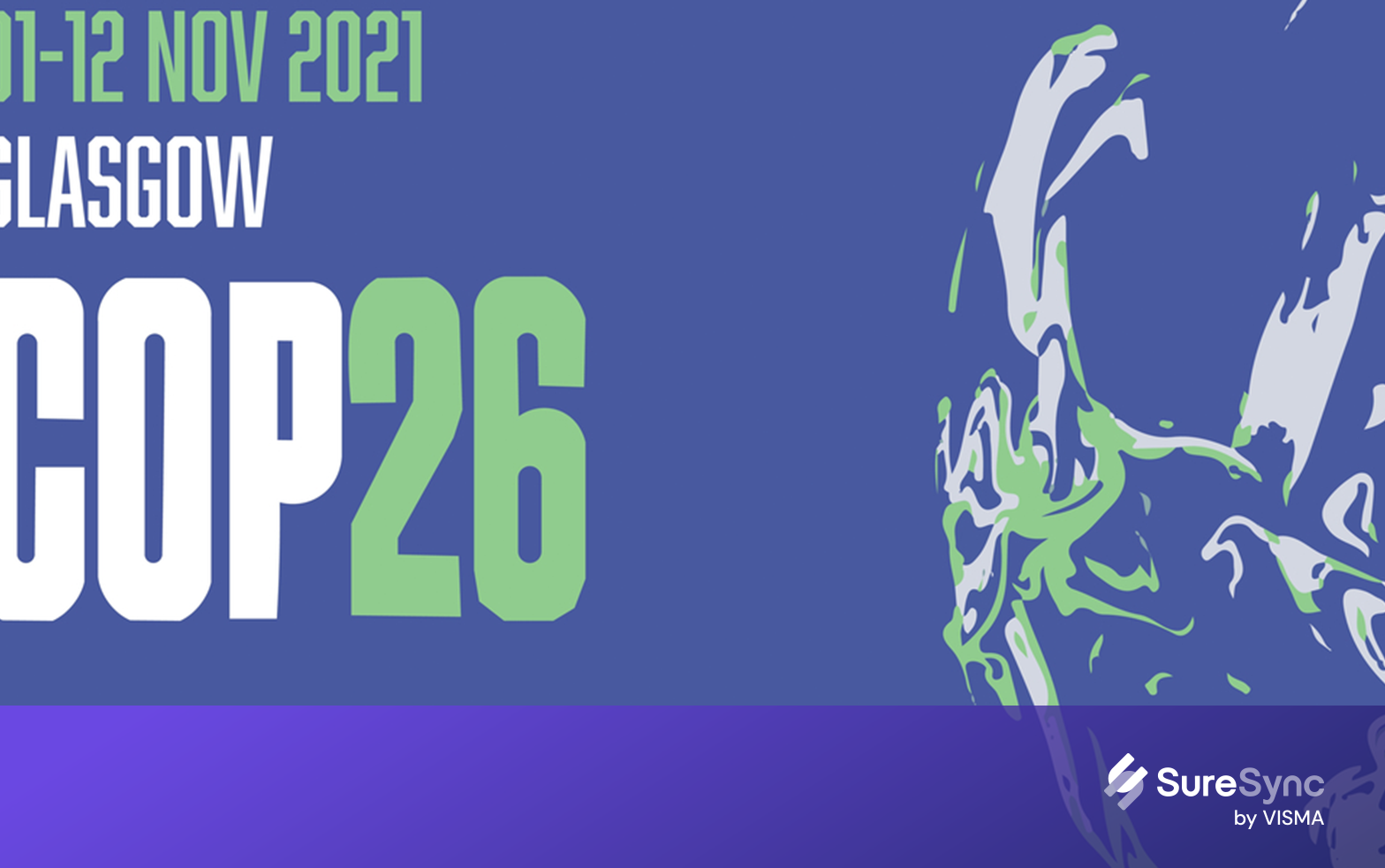Inter-FI ISO 20022: start your impact assessment now
The inter-FI ISO 20022 Migration starts in 2021, but your impact assessment should start now
Starting in November 2021, the global financial community will embark on a high impact four-year transition. FIN MT payments and reporting messages will become legacy; ISO 20022 will become the new standard. November 2021 is still more than a year away, but many parties have already started the necessary preparations. It’s important to start with your impact assessment now. In this article, we cover what the ISO 20022 migration means for banks and explore how outsourcing SWIFTNet connectivity can minimize the hassle.
The benefits of ISO 20022
In payments, ISO 20022 has become the global de facto messaging standard. It is used in over 70 countries and offers many benefits. The standard is based on XML messages, which introduce a greater range of required and optional data fields. This allows for the transmission of richer and more structured payments data. It also delivers greater end-to-end interoperability between networks and makes compliance more efficient. To put it plainly, ISO 20022 is more flexible, it facilitates the development of new services, and is future proof.
How the industry is responding
The global financial community has agreed to migrate FIN MT payments and reporting messages, currently exchanged between financial institutions, to ISO 20022. The migration window closes in November 2025. Banks will be impacted significantly from the start.
In Europe, SEPA adopted ISO 20022 from its inception and now, payments market infrastructures will also migrate their high value payments message exchange to ISO 20022. The Eurosystem is currently modernizing their infrastructure and consolidating T2, T2S and TIPS. This is a major functional and technical overhaul. It includes the use of more than 55 ISO 20022 messages - 14 of which are new - and a new common gateway, called Eurosystem Single Market Infrastructure Gateway (ESMIG). Based on a tender, two network providers, SWIFT and SIA-Colt, have been selected to offer connectivity services for ESMIG.
At the same time, EBA Clearing is evolving its EURO1 high value payments services. As a result, both the Eurosystem and EBA Clearing will mandate ISO 20022-based message exchange from November 2021 onwards. Both have published the requirements. The use of FIN MT messages, including Y-copy, will end. This changeover will happen in a big bang!
Users of the SWIFT Global Payments Innovation initiative will also face a mandatory migration to ISO 20022 by November 2021.
Furthermore, it is important to understand that at the start of the global migration period, all financial institutions exchanging SWIFT MT Category 1, 2 and 9 series messages must be able to receive and process the ISO 20022 message equivalent. Financial institutions with significant intermediary business should also be able to send ISO 20022 messages based on received ISO 20022 payments, where relevant for compliance. Additionally, SWIFT has announced that they will offer a FIN-MT-to-ISO 20022 service, but users need to manage possible risks related to data truncation themselves.
The definitions and translation rules required to transition from the FIN MT 100, 200 and 900 series to the ISO 20022 equivalents are available. The High Value Payments Systems Plus (HVPS+) and the Cross-border Payments and Reporting Plus (CBPR+) working groups have delivered their definitions. Financial Institutions can find usage guidelines, message examples and testing facilities, among other documentation, in the SWIFT MyStandards portal and platform.
What ISO 20022 means for banks
As the developments above show, the switch to ISO 20022 entails a complex migration, affecting core payments and other domains. For starters, banks will need to adapt their interbank high value and cross border messaging. Namely, they will need to transition from fixed format (FIN MT) messages to ISO 20022 XML messages. This will not only impact the format itself, but also connectivity (e.g. the new ESMIG) and interaction models. For example, the migration of the Y-copy to the V-shape process will need to be absorbed at the process level. It will, in some cases, be possible to (temporarily) use format conversion tooling to ease and limit the impact. But eventually, to take full advantage of ISO 20022, the back-office should be fully ISO 20022 compliant, including transaction filtering and sanctions screening.
The case for outsourcing SWIFTNet connectivity
Outsourcing SWIFTNet Connectivity is an alternative more and more banks are interested in to increase flexibility and reduce the burden of compliance. Banks realize that the gateway to SWIFT is a critical function, but it’s non-differentiating. With the transition to ISO 20022 and rising cybersecurity demands, managing the SWIFT link internally can be costly and burdensome. The migration itself is largely a compliance project and shifts the bank’s focus away from its core differentiators. We expect more banks to see the ISO 20022 migration as a trigger to consider outsourcing their SWIFTNet connectivity and potentially the complete payments back-office.
Visma Connect’s SWIFTNet Connectivity Service lets banks outsource the hassle and insource the agility they need to stay competitive in the changing financial services landscape. Our SaaS-based service facilitates message entry, repair, authorization and validation. It covers the full payment life cycle and connectivity to SWIFT financial networks. We are a fully SWIFT-certified service bureau and we are GDPR compliant.
Besides offering a managed SWIFT gateway, we provide several critical payments solutions under one roof. The Visma Corporate Payments and Reporting Service enables large corporations and service providers to seamlessly connect to banks for both payment initiation, and the retrieval of account statements and reports.
Our PSD2 Connectivity and Processing service, allows you to connect to banks across Europe using a simple, harmonized API. License-holding parties, like TPPs and fintech companies, can leverage our API to initiate payments or fetch account information from multiple banks in a secure and compliant way.
Lastly, we offer three SaaS modules for Anti-financial Crime: Know-your-Customer, Real-time transaction screening, and Anti-Money Laundering. All of these can be managed from a single environment, helping you integrate your data and processes for better compliance decisions.
Start your assessment today
It’s important for banks to now start their impact assessment to be able to plan and budget migration efforts for 2020 and 2021. The migration effort is significant and very importantly, the switchover to the new exchange between the Eurosystem and EBA Clearing will be a big bang, with no room for failure. The migration impacts critical connections between financial institutions, so it needs to be planned with great care and banks should not wait. Understandably, Central Banks like the European Central Bank have announced that they have a program in place to monitor progress. To alleviate impact, now and in the future, financial institutions should consider outsourcing their market infrastructure gateway to a specialized service provider that can support not only with the (new) connectivity requirements, but help absorb changes that are not easily implemented due to (legacy) back-offices that are commonly in use in the industry.


